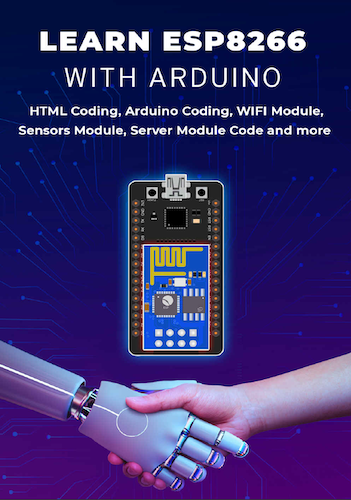
We’re going to talk all about ESP8266! You can divide the ecosystem into 3 layers: at the bottom, you have the MICROCHIP. Then above it, you have the MODULES, like the ESP-01 or ESP-12. Then at the top, you have the BOARDS like the We mos D1 mini and NodeMCU among others. We will look at each of these layers in detail. At the center of it all is the microchip. it’s a tiny low-cost wi-fi chip produced by ESPRESSIF. This microchip uses the L-106 32-bit processor and runs on 3.3 volts. It offers 17 GPIO pins, UART, communication SPI bus, software I2C, PWM, I2S with DMA, and one ADC pin. It’s worth noting that the wi-fi only operates on the 2.4 gigahertz frequency and not on the newer 5 gigahertz. So make sure that you have it enabled on your access point. the ESP8266 chip uses external flash and doesn’t have built-in storage. It connects to the flash over SPI using 6 IO pins. Some come with as little as 1/2 meg to 4 megs or more. The GPIO pins of the chip operate at 3.3 volts and they are 5 volt tolerant. The maximum current that can be drawn from a single pin is 12mA so pay attention when you are powering external active components. LEDs or communication buses are fine but anything that needs more current such as a relay would require a transistor to power it.
Download



